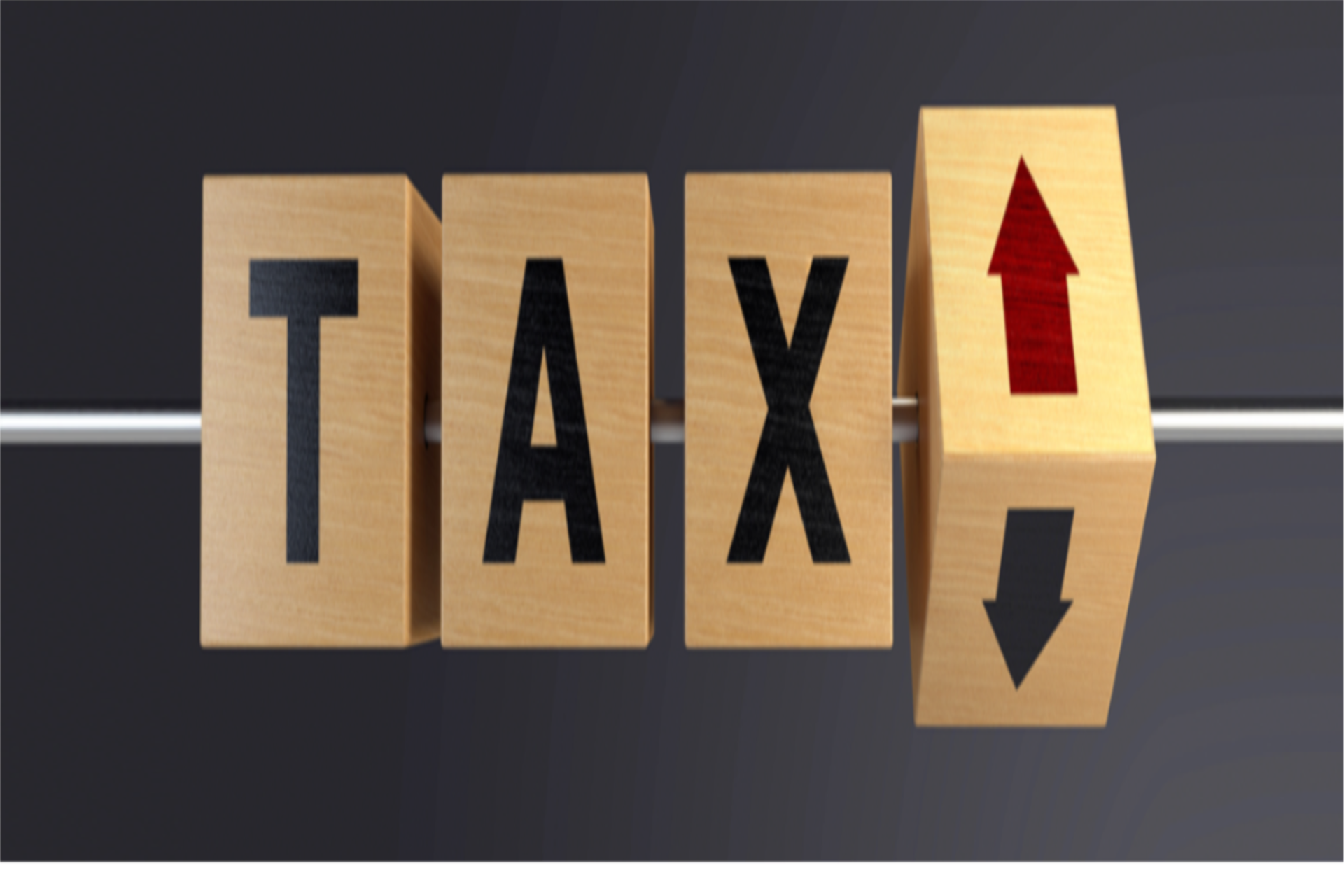Taxation

By Clarke McEwan
•
18 Apr, 2024
Warning on SMSF asset valuations The ATO has issued a warning to trustees of SMSFs about sloppy valuation practices. ATO data analysis has revealed that over 16,500 self managed superannuation funds (SMSFs) have reported assets as having the same value for three consecutive years. With many of these assets residential or commercial Australian property, you can forgive the ATO for being incredulous. For trustees of SMSFs, where asset values are consistently reported at the same value, it’s likely your SMSF will be flagged for closer scrutiny by the ATO. The value of assets in your SMSF impacts on member balances and by default, can impact the amount you can contribute, ability to segregate assets for exempt current pension income, the work test exemption and access to catch-up concessional contributions. And, as we move closer to the implementation of the Division 296 $3m superannuation tax, valuations will be very important for anyone with a member balance close to or in excess of $3m. If the asset is an in-house asset, for example a related unit trust, then an accurate valuation is essential to ensure the fund remains within the 5% in-house asset limit. If the value of in-house assets rises above 5% of total assets, the asset/s need to be sold to bring the limit back below 5%. Valuing at market value Each year, the assets of your SMSF must be valued at ‘market value’ and evidence provided to your auditor. Broadly, market value is the amount that a willing buyer of the asset could reasonably be expected pay to acquire the asset from a willing seller assuming that the buyer and seller are dealing at arm’s length, and everyone acts knowledgeably and prudentially. It’s a common sense test that looks at the value you could reasonably expect to achieve for an asset. If your SMSF holds collectible and personal use assets like artwork, jewellery, motor vehicles etc., a valuation must be performed by a qualified independent valuer on disposal. This does not necessarily mean that an independent valuation needs to be completed every year but at least every three years would be prudent. If you are not utilising an independent valuer, you will still need to make an active assessment based on market conditions. For example, if you hold artwork and the artist who created your investment artwork died, has this changed the value? Are the primary and secondary markets for the artwork transacting at a higher value? Leaving the value of the asset at its acquisition price calls into question the rationale for acquiring the asset within the fund in the first place. If the asset is unlikely to add any value to your retirement savings, then should it be held in your SMSF when you could achieve a higher rate of return elsewhere? In most cases, the ATO require trustees to value an asset based on “objective and supportable data”. This means that you should document the asset being valued, a rational explanation for the valuation, and the method in which you arrived at it. Valuing real property Commercial and residential real estate does not need to be valued by an independent valuer. But, if there have been significant changes to the property, the market, or the property is unique or difficult to value, it is a good idea to have a written independent valuation from a valuer or estate agent undertaken (their report should also document the valuation method and list comparable properties). If you are completing the valuation yourself, ensure that you document the time period the valuation applies to and the characteristics that contribute to the valuation. For example, a 10 year old brick four bedroom property on 640m 2 of land in what suburb and any features that make it more or less attractive to a buyer, for example proximity to transport. And, you should access credible sales data either on similar properties in the same suburb that have sold recently or from a property data service. More than one source of data is recommended. The estimates on a lot of online property sales sites are general in nature and not reliable for a valuation of a specific property. The average price change for the suburb however could be used as supporting evidence of your valuation. For commercial property, net income yields are required to support the valuation. Where the tenants are related parties, for example your business leases a commercial property owned by your SMSF, you will need evidence that a comparative commercial rent is being paid and the rent is keeping pace with the market. Valuing unlisted companies and unlisted trust investments Valuing unlisted companies and unlisted investments can be difficult. The financials alone are not enough. But, if your SMSF invested in an unlisted company or shares in a unit trust, then there is an expectation that the trustees made the decision to make the initial acquisition based on the value of the asset, its potential for capital growth and income generation. That is, if you assessed the market value going into the investment, then it should not be a stretch to value the asset each year. The difficulty for many investors is that in unlisted companies or trusts, the initial investment was broadly equivalent to the cash requirements of the activity being undertaken. Generally, the starting point is the value of the assets in the entity and/or the consideration paid for the shares/units. For widely held shares or units, this is the entry and exit price. Where property is the only asset, then the valuation principles for valuing real property are likely to apply. Where there is no reliable data or market We’ve seen a few scenarios where the assets purchased or created by the SMSF have no equal or there is no market – the true extent of the value will only really be known when the asset is realised. These unusual items default to either a professional valuation or a viable market assessment. This might be a derivative of the purchase price or data from a related market. Valuations and the impending Division 296 tax on super earnings The value of assets will be particularly important for those with super balances close to or above the $3m threshold for the impending Division 296 tax on fund earnings. Because the tax will measure asset values and tax the growth in earnings above the $3m threshold, accurate valuations will be important to ensure that the fund does not pay tax when it does not need to, and to reduce the likelihood of anomalies artificially inflating tax payable.

By Clarke McEwan
•
01 Feb, 2024
Stage 3 personal income tax cuts redesigned The personal income tax cuts legislated to commence on 1 July 2024 will be realigned and redistributed under a proposal released by the Federal Government. After much speculation, the Prime Minister has announced that the Government will amend the legislated Stage 3 tax cuts scheduled to commence on 1 July 2024. Relative to the current Stage 3 plan, the proposed redesign will broaden the benefits of the tax cut by focussing on individuals with taxable income below $150,000. If enacted, an additional 2.9 million Australian taxpayers are estimated to take home more in their pay packet from 1 July. It's not how Stage 3 of the 5 year plan to restructure the personal income tax system was supposed to work, but a sharp escalation in the cost of living has reshaped community sentiment. As the Prime Minister said, “we are focussed on the here and now” and by default, not on long term structural change. The redesign will increase Government revenues from personal income tax by an estimated $28 billion to 2034-35 as bracket creep takes its toll. What will change? The revised tax cuts redistribute the reforms to benefit lower income households that have been disproportionately impacted by cost of living pressures. Tax rate 2023-24 2024-25 legislated 2024-25 proposed 0% $0 – $18,200 $0 – $18,200 $0 – $18,200 16% $18,201 – $45,000 19% $18,201 – $45,000 $18,201 – $45,000 30% $45,001 – $200,000 $45,001 – $135,000 32.5% $45,001 – $120,000 37% $120,001 – $180,000 $135,001 – $190,000 45% >$180,000 >$200,000 >$190,000 Under the proposed redesign, all resident taxpayers with taxable income under $146,486, who would actually have an income tax liability, will receive a larger tax cut compared with the existing Stage 3 plan. For example: An individual with taxable income of $40,000 will receive a tax cut of $654, in contrast to receiving no tax cut under the current Stage 3 plan (but they are likely to have benefited from the tax cuts at Stage 1 and Stage 2). An individual with taxable income of $100,000 would receive a tax cut of $2,179, which is $804 more than under the current Stage 3 plan. However, an individual earning $200,000 will have the benefit of the Stage 3 plan slashed to around half of what was expected from $9,075 to $4,529. There is still a benefit compared with current tax rates, just not as much. There is additional relief for low-income earners with the Medicare Levy low-income threshold increasing by 7.1% in line with inflation. It is expected that an individual will not start paying the Medicare Levy until their income reaches $26,000 and will not pay the full 2% until $32,500 (for singles). While the proposed redesign is intended to be broadly revenue neutral compared with the existing budgeted Stage 3 plan, it will cost around $1bn more over the next four years before bracket creep starts to diminish the gains. It’s not a sure thing yet! The Government will need to quickly enact amending legislation to make the redesigned Stage 3 tax cuts a reality by 1 July 2024. This will involve garnering the support of the independents or minor parties to secure its passage through Parliament – Parliament sits from 6 February 2024. How did we get here? First announced in the 2018-19 Federal Budget, the personal income tax plan was designed to address the very real issue of ‘bracket creep’ – tax rates not keeping pace with growth in wages and increasing the tax paid by individuals over time. The three point plan sought to restructure the personal income tax rates by simplifying the tax thresholds and rates, reducing the tax burden on many individuals and bringing Australia into line with some of our neighbours (i.e., New Zealand’s top marginal tax rate is 39% applying to incomes above $180,000). The three point plan introduced incremental changes from 1 July 2018 and 1 July 2020, with stage 3 legislated to take effect from 1 July 2024. What now? If you have any concerns about the impact of the proposed changes, please call us to discuss. For tax planning purposes, for those with taxable income of $150,000 or more, the redesigned Stage 3 tax cuts offer less planning opportunity than the current plan. But, any change in the tax rates is an opportunity to review and reset to ensure you are taking advantage of the opportunities available, and not paying more than you need.

By Clarke McEwan
•
01 Feb, 2024
Australians love property and the lure of a 15% preferential tax rate on income during the accumulation phase, and potentially no tax during retirement, is a strong incentive for many SMSF trustees to dream of large returns from property development. We look at the pros, cons, and problems that often occur.
Liability limited by a scheme approved under Professional Standards Legislation
Copyright Clarke McEwan Accountants & Business Advisors ©
| Site Map
| Privacy Policy
| Websites for accountants by Wolters Kluwer







